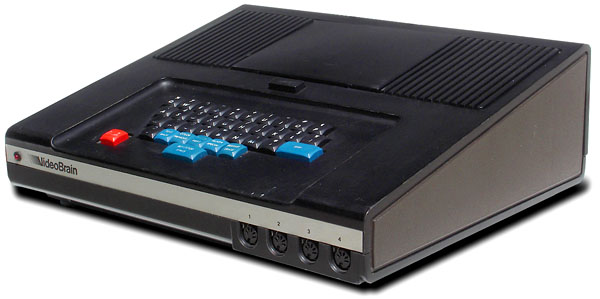
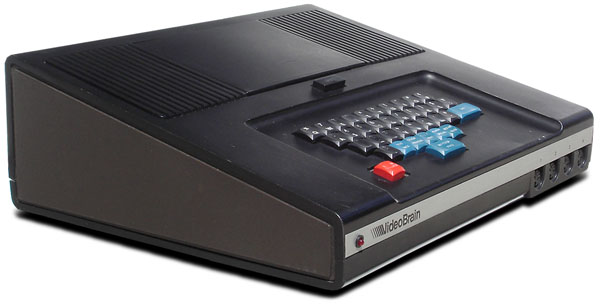
| |||||||||||||||||||||||||||||


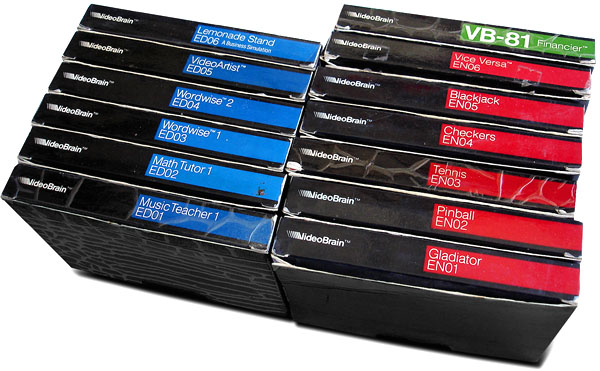 There are just a few cartridges for the VideoBrain Family Computer - only 21 were released by the manufacturer:
There are just a few cartridges for the VideoBrain Family Computer - only 21 were released by the manufacturer:
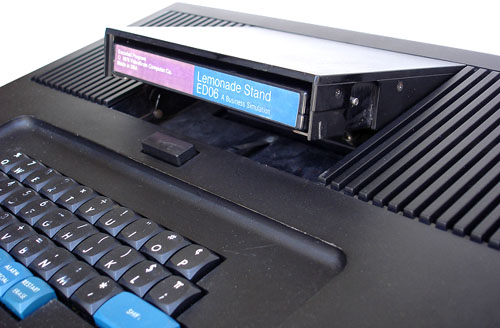 Unlike most computer and game systems, you do not have to turn the VideoBrain off to insert or change cartridges.
Unlike most computer and game systems, you do not have to turn the VideoBrain off to insert or change cartridges.
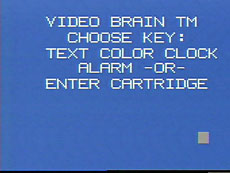
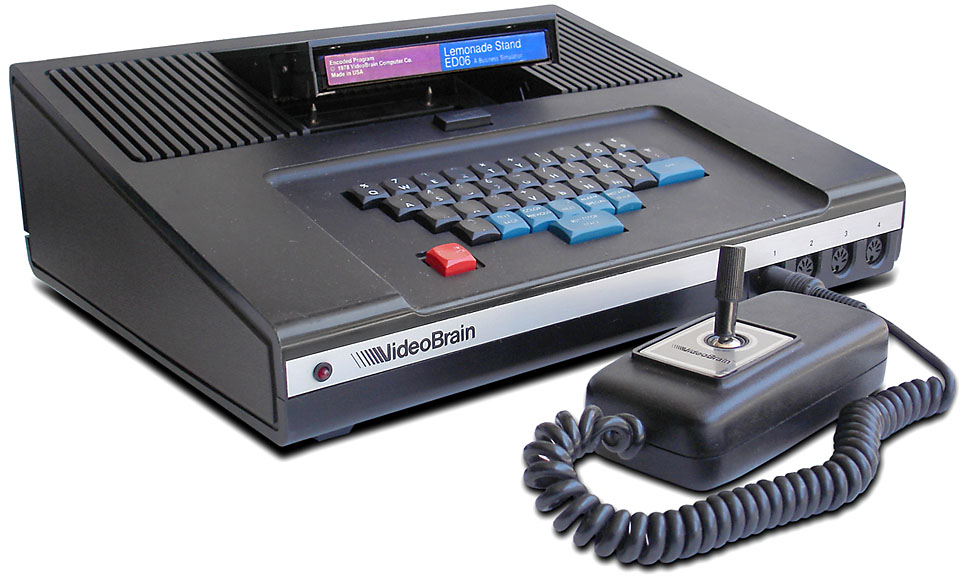
|
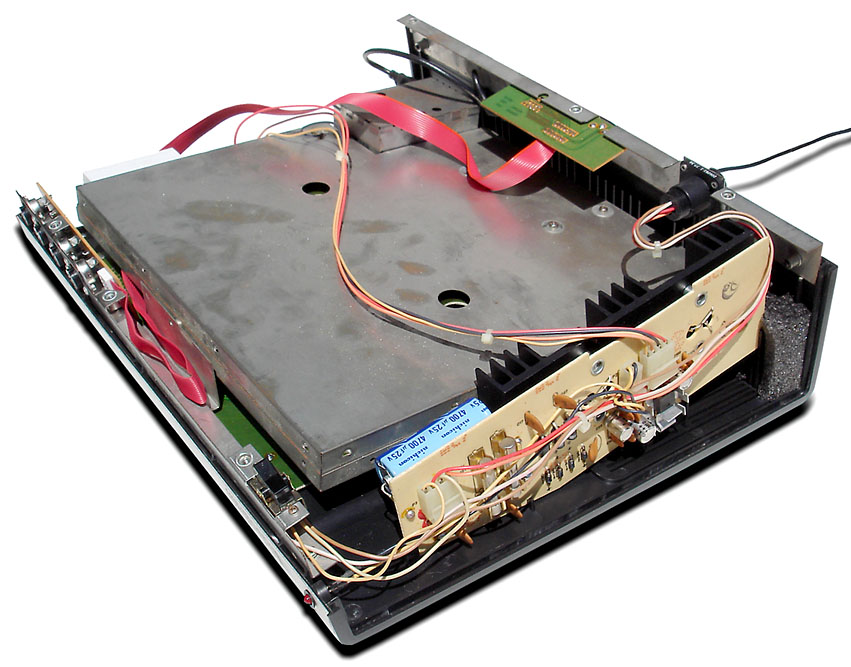
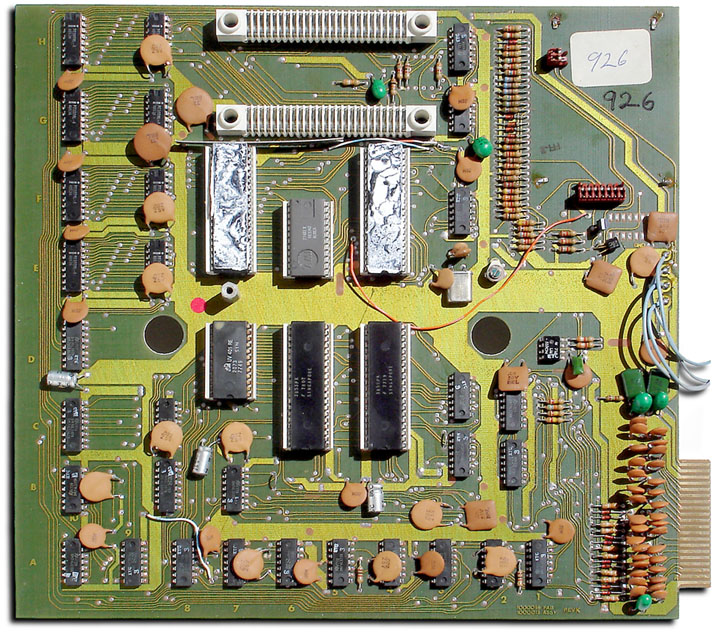
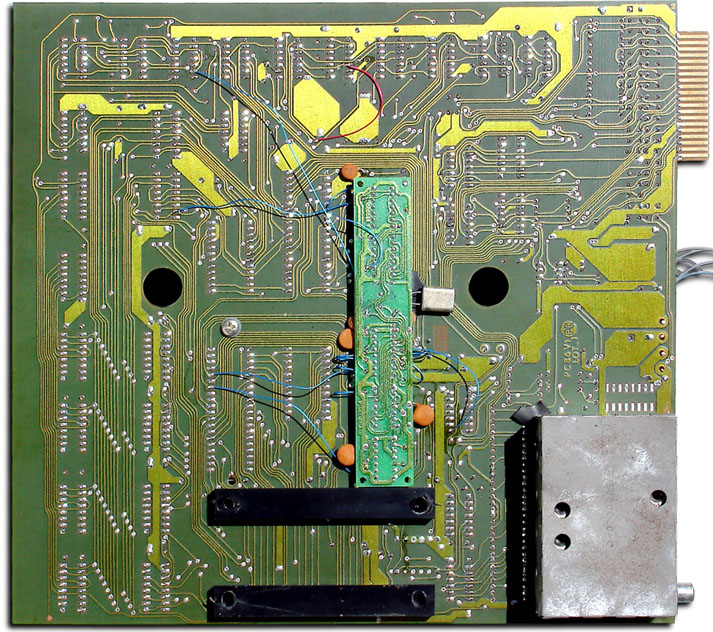
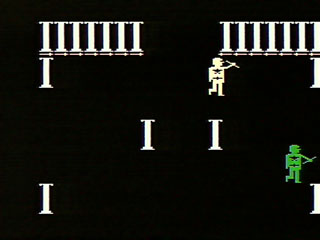
VideoBrain EN01 - Gladiator |
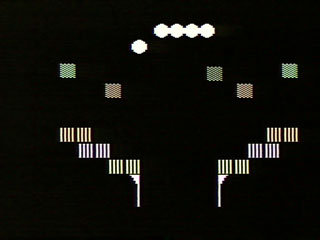
VideoBrain EN02 - Pinball |

VideoBrain EN03 - Tennis |
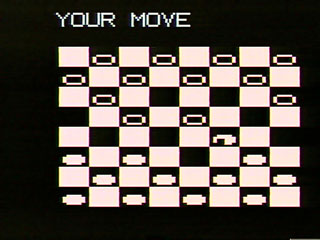
VideoBrain EN04 - Checkers |

VideoBrain EN05 - Blackjack |
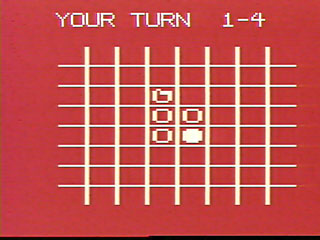
VideoBrain EN06 - Vice Versa |
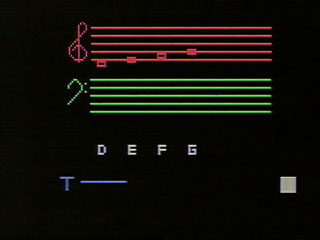
VideoBrain ED01 - Music Teacher 1 |
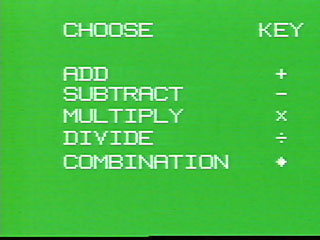
VideoBrain ED02 - Math Tutor 1 |
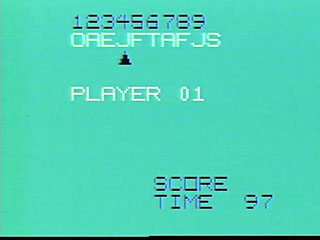
VideoBrain ED03 - Wordwise 1 |
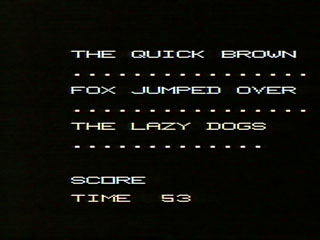
VideoBrain ED04 - Wordwise 2 |
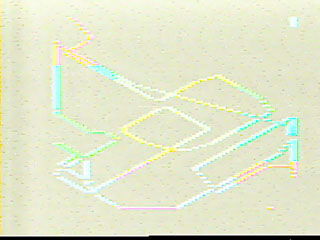
VideoBrain ED05 - Video Artist |
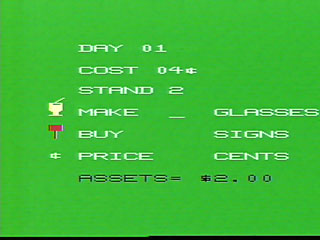
VideoBrain ED06 - Lemonade Stand |
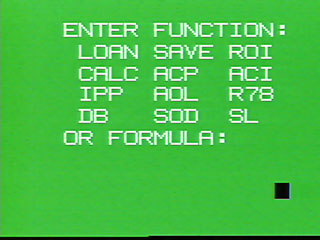
VideoBrain VB-81 - Financier |